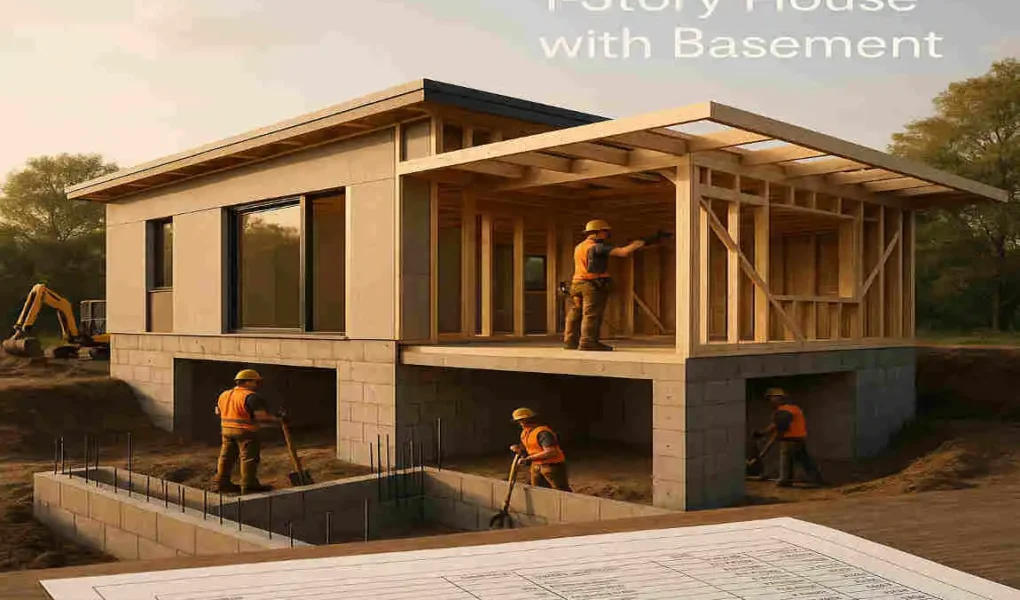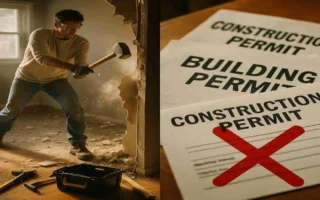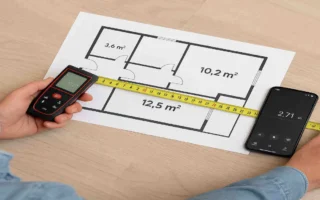Building a home is one of the most exciting and rewarding experiences in life. But with excitement comes the need for careful planning, especially when it comes to budgeting for a 1-story house with a basement. If you’re dreaming of a home with extra storage or a cozy underground living area, understanding the costs is critical to avoid surprises along the way.
Why Budgeting for Your 1-Story House with Basement Is Crucial
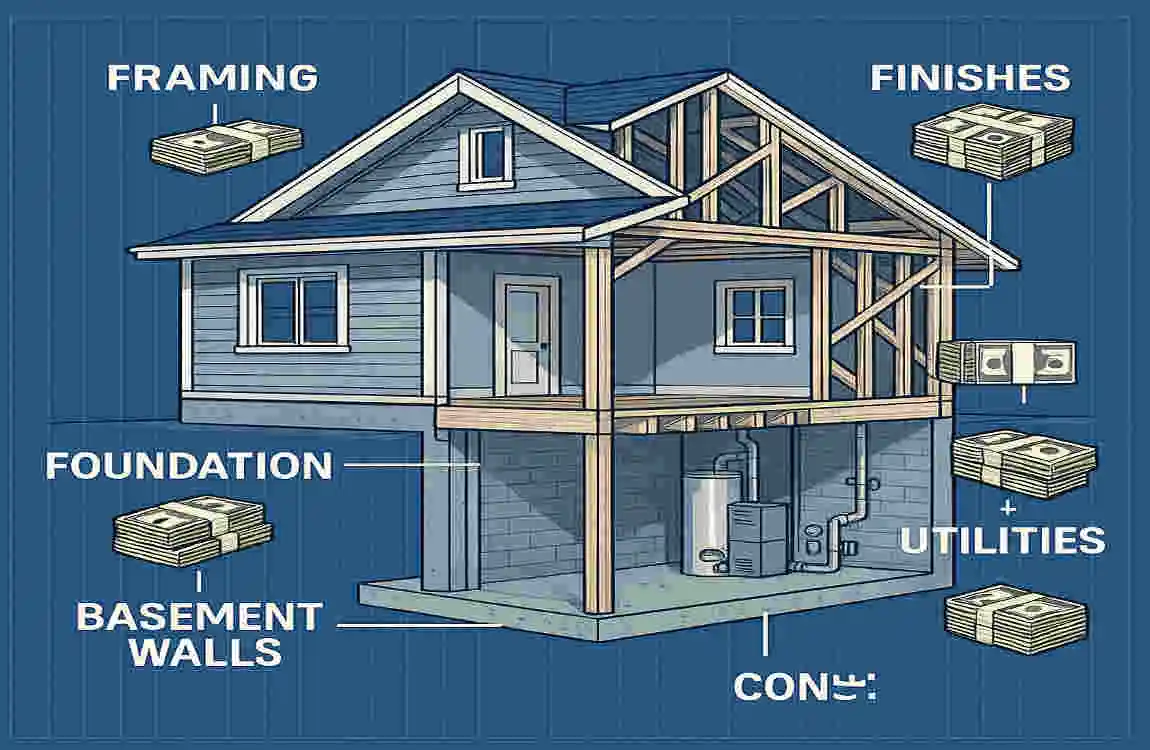
Building a home isn’t just about choosing a design or picking out finishes—it’s about ensuring you have the financial foundation to turn your dream into a reality. Adding a basement to your house comes with unique costs, and failing to account for these expenses upfront can lead to costly delays or compromises.
By understanding the total construction costs early, you’ll be better equipped to make informed decisions throughout the process. This guide will help you estimate costs, explore cost-saving options, and prepare a realistic budget for your dream home.
Understanding the Basics of Building a 1-Story House with a Basement
What Is a 1-Story House with a Basement?
A 1-story house with a basement is a single-level home that includes an underground space below the main living area. This basement can be used for various purposes, such as storage, a utility area, or additional living space.
The basement is essentially a foundation for the house, but it also opens up opportunities for expanding usable space. Whether you choose to leave it unfinished or fully finish it as a livable area, the basement adds value to your home.
Pros and Cons of Including a Basement
Let’s take a quick look at the advantages and disadvantages of including a basement:
Pros
- Extra Space: Basements provide additional square footage for storage, recreation, or even rental income.
- Increased Home Value: Homes with basements tend to have higher resale value.
- Energy Efficiency: The underground location helps maintain stable temperatures, reducing heating and cooling costs.
Cons
- Higher Costs: Adding a basement significantly increases the overall construction cost.
- Potential for Moisture Issues: Basements require proper waterproofing to prevent leaks and dampness.
- Longer Construction Time: Excavating and building a basement adds time to the construction process.
How Basements Affect Overall Building Costs
The decision to include a basement can increase your construction costs by 20–30% or more, depending on factors like size, location, and finish level. While it’s an investment, the added functionality and resale value often make it worthwhile.
Key Factors Influencing the Cost of Building a 1-Story House with a Basement
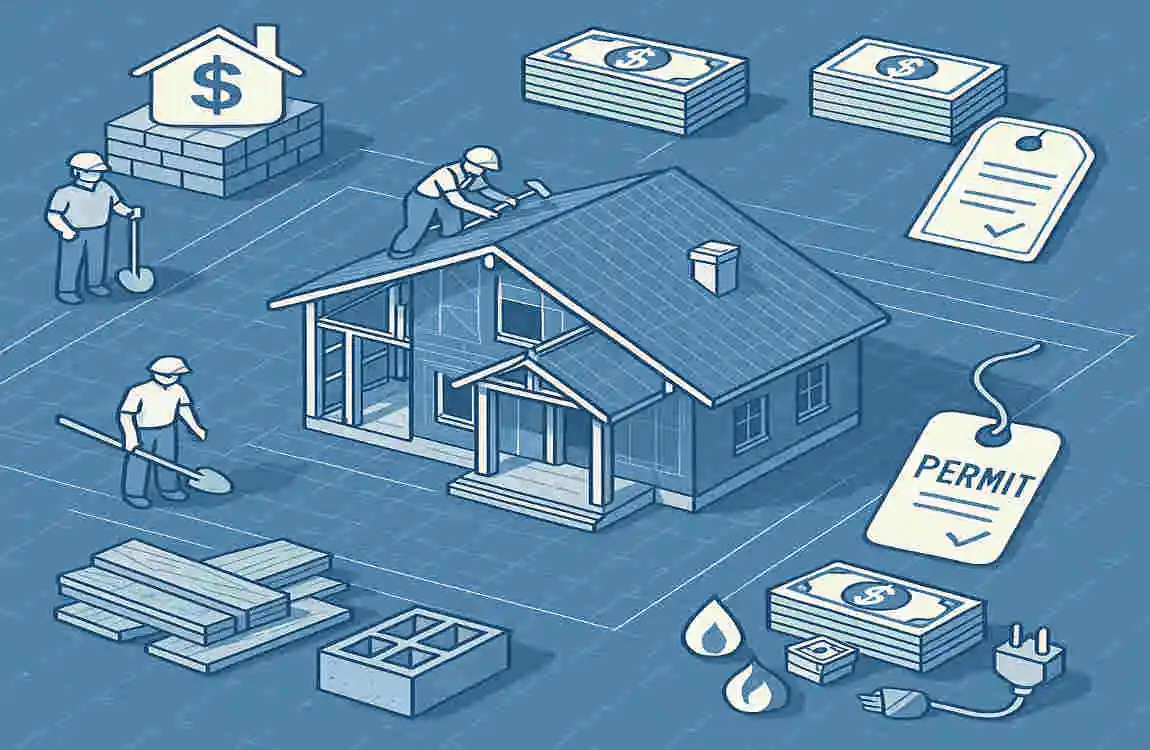
Several factors determine how much it costs to build a 1-story house with a basement. Let’s break them down:
Location and Land Costs
- Building costs vary significantly depending on your location. Urban areas often have higher labor costs, while rural areas may require extra expenses for utilities and transportation.
- The cost of purchasing land is also a significant factor.
Size of the House and Basement
- The square footage of your house and basement directly impacts costs. Larger basements need more materials, labor, and time to construct.
- A 1,500-square-foot home will cost significantly less than a 2,500-square-foot home with a basement.
Basement Type: Finished vs. Unfinished
- An unfinished basement is cheaper but less functional, while a finished basement adds usable living space but costs more.
- On average, finishing a basement adds $20–$50 per square foot to the cost.
Materials and Construction Quality
- High-quality materials for flooring, walls, and insulation will drive up costs but improve durability and aesthetics.
Local Building Codes and Permits
- Building codes vary by location and can affect costs. For example, basements in areas prone to flooding require extra waterproofing.
Labor Costs and Contractor Fees
- Hiring experienced contractors is essential, but can be expensive. Labor costs typically make up 30–50% of construction expenses.
Design Complexity and Customization
- A simple rectangular design is more affordable than a custom layout with unique features like walkout basements or specialty finishes.
Site Preparation and Excavation Costs
- Excavating the ground for a basement is labor-intensive and depends on soil type, terrain, and site accessibility.
Average Cost Breakdown
Average Total Cost Range
The total cost to build a 1-story house with a basement in the U.S. typically ranges from $150,000 to $400,000, depending on size, location, and finishes.
Per Square Foot Costs
- Unfinished Basement: $10–$25 per square foot
- Finished Basement: $30–$50 per square foot
- Overall House Construction: $100–$200 per square foot
Detailed Cost Components
Here’s a breakdown of major cost components:
Component Cost Range Notes
Foundation and Basement $15,000–$50,000 Includes excavation and waterproofing.
Framing and Exterior $20,000–$50,000 Walls, windows, doors
Roofing $5,000–$15,000. Material type affects cost
Plumbing and Electrical $10,000–$25,000 Includes wiring and pipes
Insulation and Drywall $7,000–$15,000 Essential for energy efficiency
Flooring and Finishes $10,000–$30,000 Carpet, tile, or hardwood options
HVAC Systems $5,000–$15,000 Heating, cooling, and ventilation
Interior Fixtures $5,000–$20,000 Includes appliances and cabinetry
Cost-Saving Tips for Building a 1-Story House with a Basement
Building home on a budget? Here are some practical tips to save money:
- Choose Cost-Effective Materials: Opt for durable but affordable materials like vinyl flooring or composite siding.
- Simplify the Design: Stick to a simple layout to reduce labor and material costs.
- Finish the Basement Later: Start with an unfinished basement and complete it when your budget allows.
- Negotiate with Contractors: Get multiple quotes and negotiate terms to find the best value.
- Invest in Energy Efficiency: Use energy-efficient systems and insulation to save on long-term utility bills.

